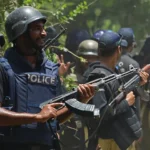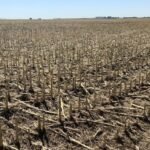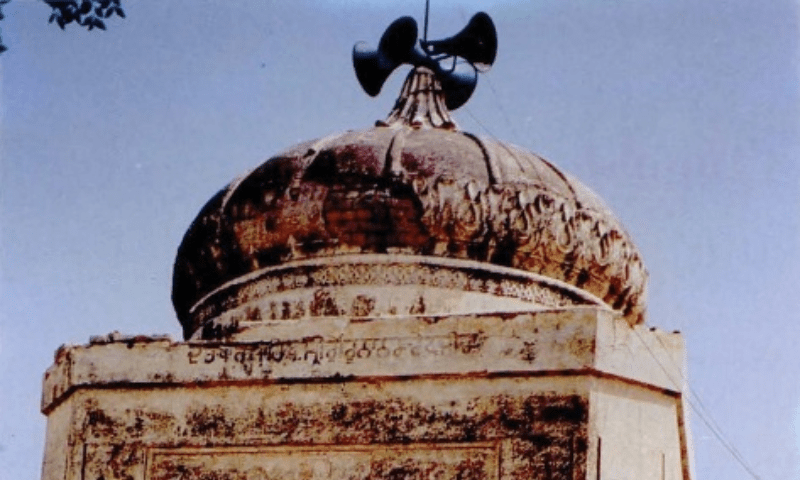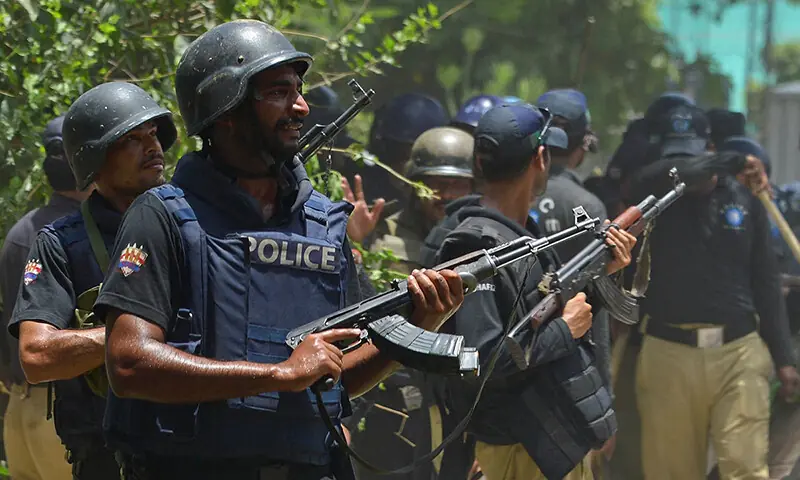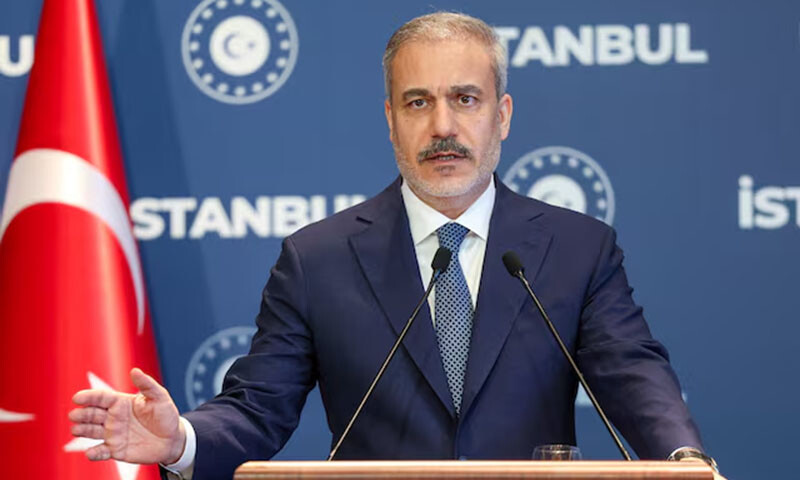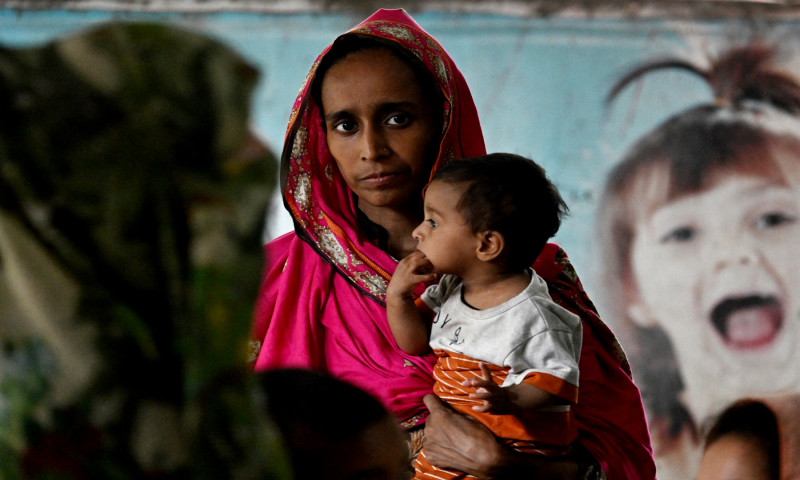Pakpattan: Near the city of Pakpattan along the railroad tracks, there is a small quiet town: Tibba Nanak Sar. The local legend says that this was the place where Baba Guru Nanak met the heak Ibrahim, the spiritual heir of the great Baba Fariduddin Ganj Shakar.
At the meeting, Farid’s verses reached the ears of Guru Nanak and this small silent town, those sacred words arrived at Granth Sahib. A modest orange Gurdwara continues to stay here, silently commemorating that historical encounter.
Crossing the peoples of Pakka Sadhar and Chak Azmat, one arrives at Chak Datar Singh, which has a railway station whose building is hidden behind Neem’s trees. Only a decade ago, the name in the Urdu script “Date Singh Railway Station” was written in Black Paint. Then came a fresh facade, bringing a new name and Date Singh was replaced by “Murad Chishti.”
This was once the land of Date Singh, a man who returned from the United Kingdom after studying agriculture and dairy agriculture. In Montgomery (Sahiwal), he established the first Milkish farm of United India. He raised an excellent race of cows and buffalo and the British empire honored him with the titles of ‘Sir’ and ‘Sardar Bahadur’. This same Date Singh was also the maternal grandfather of Maneka Gandhi, daughter -in -law of the former Prime Minister of India, Indira Gandhi.
In the town of ‘Punjab Khor’ near Delhi, Date Singh’s grandson then established his own milkmaid. He called him “Montgomery Dairy Farm” in memory of those lost days.
From Chak Datar Singh, a road leads to a great mound, an old tibba that has old tombs and broken ceramic pieces. Next to it is a town, also called “Tibba” (the mound). In the heart of the town, there is a two -story building whose dome can be seen from afar. This is Gurdwara Tibba Sahib.
Before the partition, the city of Pakpattan and its surrounding peoples were home to a significant Sikh population, along with Muslims and Hindus. Most SIJ families were farmers.
Hundreds of Sij pilgrims used to meet in the Gurdwara who had a prosperous life. The pilgrims bathed in the Sarovar, washing their hands, faces and feet, turning pure before entering the sacred place. The Sangat would stay in the rooms here. The delicious Prasad was cooked and served in abundance.
The elders remember an annual fair that used to be held in Gurdwara Tibba Sahib. Not only the SIJS, but the Hindus and the Muslims also visited the annual fair and the Gurdwara appeared as a symbol of harmony and love.
Sardar Gurdip Singh, nephew of Sardar Sir Date Singh (Chak Datar Singh Village bears his name) now lives in Karnal, India. I was about 15 years old when India was divided. His family lived in Arifwala (Pakpattan) who had land in the surrounding villages of Tibba.
“I remember the annual Mela (Fair) was held in Gurdwara Tibba Sahib. Hundreds of sijs of distant places would participate in it. The Mela is an important and indelible part of my memories of my homeland, ”he tells this writer.
In 1947, the Hindus and the SIJS on this side were forced to cross the freshly drawn border, while the Muslims on the other side faced the same destination. Everyone lost something: their homes, their temples, their friends and their memories.
Just when they left the fields, cattle, houses and dreams, this Gurdwara was also behind, abandoned.
Nazeer Ahmad was 12 when he emigrated from Bahman Wala (Muktsar, Indian Punjab) along with his family. They settled in Chak Azmat, the neighboring town of Tibba. He says: “Gurdwara Tibba Sahib used to be a wonderful building. He was striking, striking and Nawa Nakore (new). With the passage of time he continued to lose his beauty due to the rains and storms. The residents did not take care of him, nor the government. He has now become old as me.”
Gurdwara fell silent. Now no one can read Gurmukhi Script inscribed on its doors and walls. A Muslim family, themselves migrants from the other side of the border, now lives here. His bedding, logs and utensils fill the rooms of the Gurdwara. Broken pots are overthrown in Nishan Sahib. In the Langar Salon, a couple of goats chew to fodder, their balance that was gently resounded. Sarovar’s steps are stacked with rows of cow manure cakes. In the pond, mustard flowers swing in the breeze, dancing gently in the twilight.
Gurdwara Tibba Sahib is using dust day by day. Gurmukhi inscriptions fades, while wall paint is peeling. If someone pays attention to him, his past glory can still be restored since not everything is lost.
Posted in Dawn, May 29, 2025


